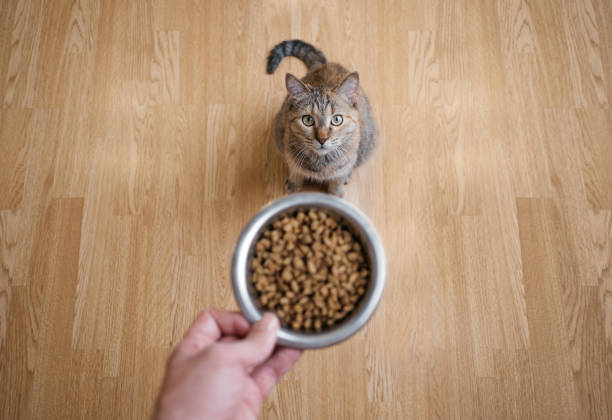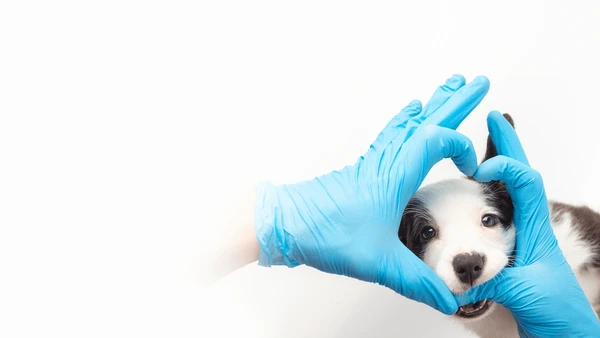[Disclaimer: The following article presents an opinion-based list of the top ten cat food ingredients or factors to consider when shopping for cat food. It’s crucial to consult with a veterinarian or animal nutritionist to determine the most suitable diet for your cat, as individual cat needs may vary.]
Choosing the right cat food is vital to ensuring your feline friend receives optimal nutrition and stays healthy throughout their life. Understanding the essential ingredients and factors to look for when selecting cat food can guide you in providing a well-balanced and nutritious diet for your beloved pet. Here’s an opinion-based list of the top ten cat food ingredients or factors to consider:
- High-Quality Protein Source: Cats are obligate carnivores, meaning they require a diet rich in animal-based protein. Look for cat foods that list a named meat source (chicken, turkey, fish, beef) as the primary ingredient to meet their protein needs.
- Animal-Based Protein Meals: Ingredients like “chicken meal” or “fish meal” are concentrated protein sources that provide essential amino acids and nutrients. These named meat meals can contribute to a higher protein content in cat food.
- Limited Grains or Grain-Free Options: While some cats may tolerate grains, others thrive on grain-free diets. Choose cat foods with limited or no grains, focusing on easily digestible carbohydrates like sweet potatoes, peas, or lentils if opting for a grain-free diet.
- Essential Fatty Acids: Omega-3 and Omega-6 fatty acids, often sourced from fish oil or flaxseed, support a cat’s skin health, coat shine, and overall immune function.
- Fruits and Vegetables: Look for cat foods containing nutrient-rich fruits and vegetables such as cranberries, carrots, spinach, or pumpkin. These ingredients provide essential vitamins, antioxidants, and fiber for overall health.
- Natural Preservatives and Additives: Avoid artificial preservatives, colors, and flavors. Choose cat foods preserved with natural options like mixed tocopherols (Vitamin E) or rosemary extract to maintain freshness.
- Taurine: An essential amino acid for cats, taurine is crucial for maintaining healthy heart function, vision, and reproductive health. Ensure the cat food you choose contains adequate levels of taurine, typically found in animal-based proteins.
- No Fillers or By-Products: Avoid cat foods containing excessive fillers like corn, soy, or unidentified by-products. Opt for products that prioritize high-quality, digestible ingredients without unnecessary additives.
- Tailored Formulas for Life Stages or Health Conditions: Select cat food formulated for your cat’s life stage, such as kitten, adult, or senior. Additionally, consider specialized formulas for specific health needs, such as weight management or urinary health.
- Transparency and Quality Assurance: Choose cat food brands transparent about their sourcing, manufacturing processes, and commitment to quality. Look for certifications indicating compliance with nutritional standards, such as AAFCO (Association of American Feed Control Officials) guidelines.
Understanding these key ingredients and factors can assist you in making informed decisions when selecting cat food. However, it’s essential to consult with a veterinarian or animal nutritionist to determine the most appropriate diet for your cat based on their unique nutritional requirements, health status, and any specific dietary considerations.
This list represents an opinion based on considerations of ingredient quality, nutritional value, and feline health. Conducting thorough research and seeking professional advice will help you choose the best cat food that suits your cat’s individual needs and supports their long-term health.



